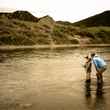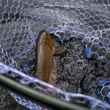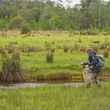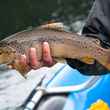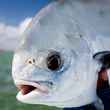Smart anglers layer their clothes to meet the challenges of ever-changing conditions, whether they’re on a trout stream on a moody May evening or standing knee-deep in a steelhead river on a chilled October morning that turns into a blue-bird afternoon. Finding the right clothing “cocktail” can be a challenge, given just how frequently Mother Nature changes her mind.
Skwala expands its Thermo lineup with two new midweight offerings
by Hatch Magazine - Tuesday, Oct 14th, 2025















